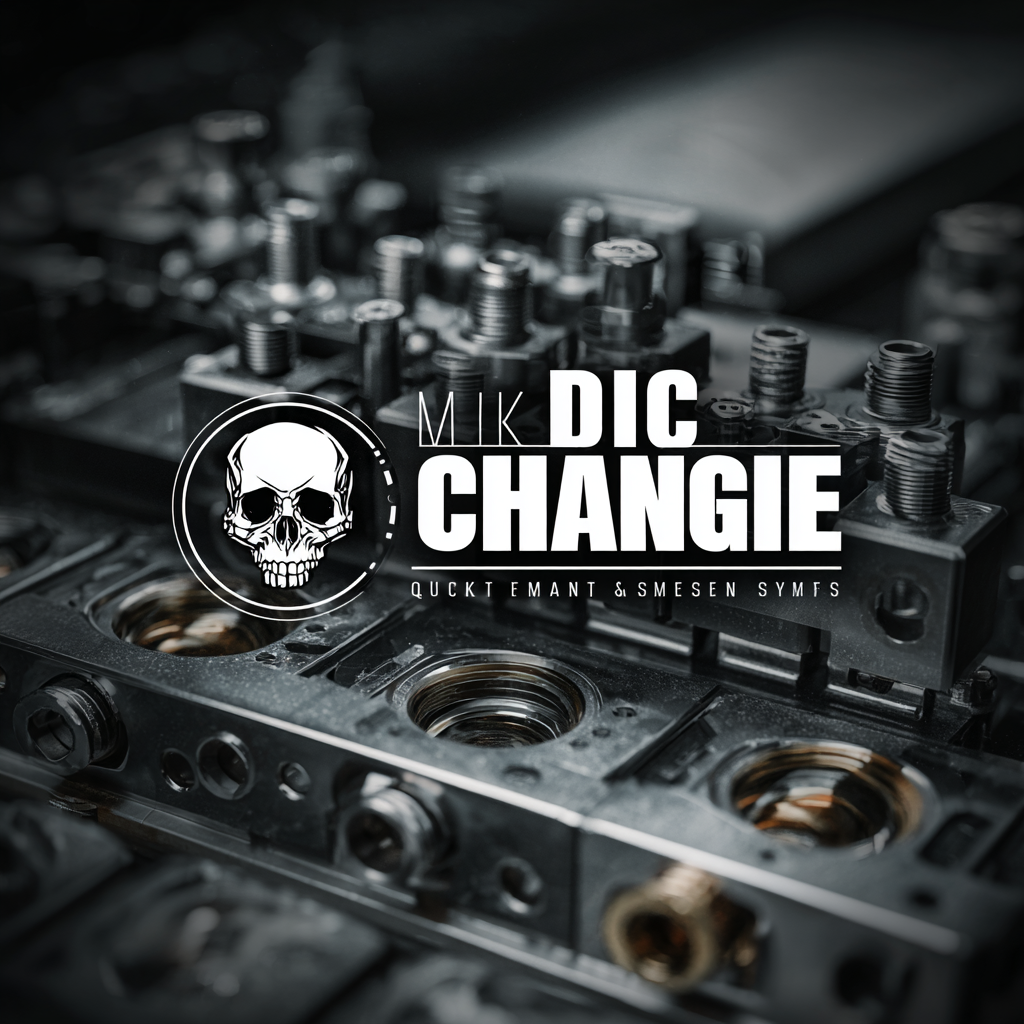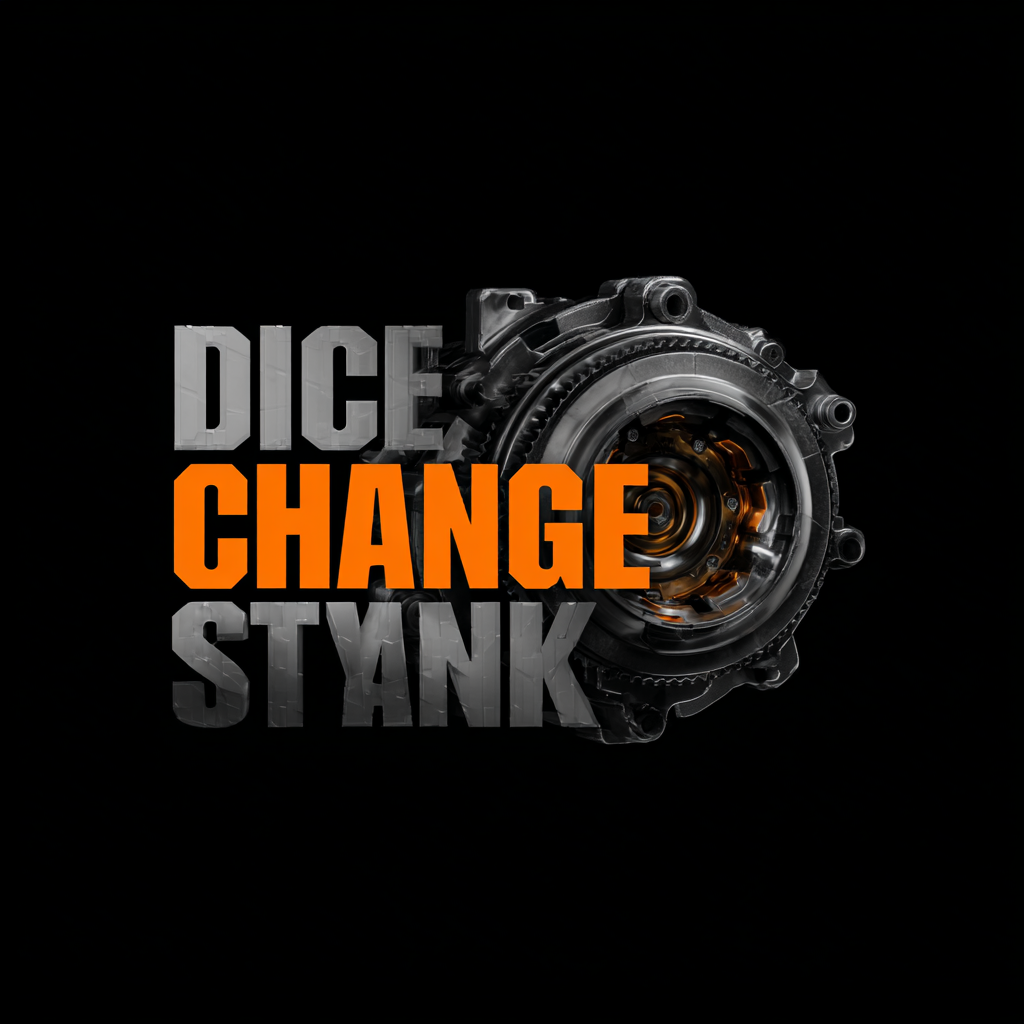Mastering the Best Quick Die Change System for Maximum Efficiency and Cost Savings in Production
In today's fast-paced manufacturing environment, the implementation of an efficient Quick Die Change System (QDCS) has become a critical factor in maximizing productivity and minimizing downtime. According to a report by the National Association of Manufacturers, companies that have adopted streamlined die change processes can achieve up to a 50% reduction in setup time, leading to significant cost savings and increased operational efficiency. The urgency for manufacturers to optimize their production capabilities has never been greater, as market pressures demand quicker turnaround times without sacrificing quality. This blog will delve into the strategies for selecting high-quality manufacturers of QDCS, comparing various systems available in the industry to help businesses enhance their operational efficiency and remain competitive in a challenging landscape. By mastering the best practices in QDCS adoption, manufacturers can not only streamline their production lines but also ensure substantial long-term savings.

Real-World Applications of Quick Die Change in Various Industries
In modern manufacturing, the ability to rapidly switch dies has become a game-changer across various industries. Quick Die Change (QDC) systems streamline operations, significantly reducing downtime and boosting productivity. For instance, in the automotive sector, where assembly lines are pivotal, applying QDC methods allows manufacturers to adapt swiftly to changing model requirements. This flexibility not only enhances production speed but also minimizes inventory costs associated with maintaining multiple die sets.
In the packaging industry, where speed and efficiency are crucial, the implementation of QDC systems enables producers to switch between different packaging formats seamlessly. This adaptability is particularly beneficial during peak seasons when demand fluctuates. By reducing changeover times from hours to mere minutes, companies can achieve higher throughput and respond effectively to market trends. Furthermore, industries such as aerospace and consumer goods are experiencing similar benefits, seeking to refine their production processes while maintaining quality standards. The real-world applications of QDC illustrate its vital role in driving efficiencies and cost savings, making it an essential strategy for forward-thinking manufacturers.
Case Studies: Successful Implementation of Die Change Systems
In the quest for operational excellence, many manufacturers have turned to quick die change systems as a means to enhance productivity and reduce costs. Case studies reveal that organizations implementing these systems often experience substantial improvements in their production timelines. For instance, a leading automotive parts manufacturer adopted a quick die change process that reduced their changeover time from several hours to mere minutes. This transformation not only allowed for increased production runs but also enabled them to respond swiftly to market demands without incurring excessive labor costs.
Another notable example involves a packaging company that faced frequent interruptions due to inefficient die changes. By implementing a standardized quick die change system, they streamlined their procedures, which led to a 30% reduction in downtime. This efficiency not only maximized machine utilization but also significantly cut down on waste and scrap material. Such successful implementations highlight the critical role that an effective die change system plays in not just improving productivity but also enhancing overall operational efficiency.

Measuring Efficiency Gains from Quick Die Change Practices
Quick die change practices are pivotal for manufacturers aiming to enhance productivity while minimizing downtime. By focusing on efficient die change systems, companies can significantly reduce the time spent transitioning between production runs. This not only shortens lead times but also allows for a more agile response to changing market demands. Implementing these practices involves analyzing current changeover times and systematically eliminating unnecessary steps, which ultimately leads to streamlined operations.
Measuring efficiency gains from these practices can be accomplished through various metrics, including reduced setup times and increased machine utilization rates. By establishing clear benchmarks before and after implementing quick die change systems, companies can quantify the improvements. Additionally, monitoring scrap rates and overall equipment effectiveness (OEE) can provide insights into how these changes impact production quality and cost savings. Ultimately, the adoption of a well-structured quick die change strategy can transform a manufacturer’s operational capabilities, driving performance and contributing to long-term success.
Efficiency Gains from Quick Die Change Practices
Cost Analysis: Long-Term Savings from Optimized Die Change
Optimizing die change processes is crucial for manufacturers seeking long-term savings and efficiency. According to a report by the Society of Manufacturing Engineers, reducing die change time can improve operational efficiency by up to 30%. This translates to significant cost savings, as every minute of production downtime not only limits output but also incurs additional costs associated with lost labor and operational delays. The implementation of a quick die change system allows companies to minimize these downtimes significantly, leading to an optimized workflow and more predictable production schedules.
Moreover, the financial impact of optimized die change systems is profound. A study from the Manufacturing Performance Institute indicates that manufacturers who embrace advanced die change techniques can achieve cost reductions of up to 20% in production expenses over time. This is particularly beneficial as industries increasingly face pressures from competitive pricing and the need to enhance profit margins. By investing in a systematic approach to die changes, businesses not only improve their immediate production capabilities but also secure a robust return on investment that enhances their overall financial health in the long run.

Challenges and Solutions in Adopting Quick Die Change Systems
In today’s fast-paced manufacturing environment, quick die change (QDC) systems offer the potential for significant efficiency gains. However, organizations face numerous challenges when adopting these systems. One major hurdle is the initial investment. According to a report by the Institute of Industrial Engineers, implementing a QDC system can require a capital outlay of up to 30% of a facility’s tooling budget. Despite this upfront cost, the long-term benefits of reduced downtime and increased production flexibility can outweigh the initial financial burden.
Another critical challenge is the training and skill development necessary for effective QDC implementation. A study by the Society of Manufacturing Engineers indicates that companies often witness a productivity increase of up to 60% after proper training and a streamlined process is established. Yet, without a structured training program, workers may struggle to fully utilize the system’s capabilities. Lastly, resistance to change is common in established manufacturing environments; overcoming this requires strong leadership and a culture that embraces continuous improvement. Addressing these challenges can pave the way for successful QDC system integration, ultimately driving enhanced productivity and cost savings in the production process.
Mastering the Best Quick Die Change System for Maximum Efficiency and Cost Savings in Production - Challenges and Solutions in Adopting Quick Die Change Systems
| Dimension | Before Implementation | After Implementation | Notes |
|---|---|---|---|
| Changeover Time (minutes) | 120 | 30 | Significant reduction in time with new system. |
| Downtime (hours/week) | 10 | 2 | Less downtime leads to improved overall production. |
| Cost Savings ($/month) | $5,000 | $20,000 | Improved efficiency results in higher savings. |
| Error Rate (%) | 8 | 2 | Fewer errors lead to better product quality. |
| Employee Training Time (hours) | 40 | 10 | Simplified procedures reduce training needs. |
 English
English Español
Español Português
Português русский
русский Français
Français 日本語
日本語 Deutsch
Deutsch tiếng Việt
tiếng Việt Italiano
Italiano Nederlands
Nederlands ภาษาไทย
ภาษาไทย Polski
Polski 한국어
한국어 Svenska
Svenska magyar
magyar Malay
Malay বাংলা ভাষার
বাংলা ভাষার Dansk
Dansk Suomi
Suomi हिन्दी
हिन्दी
